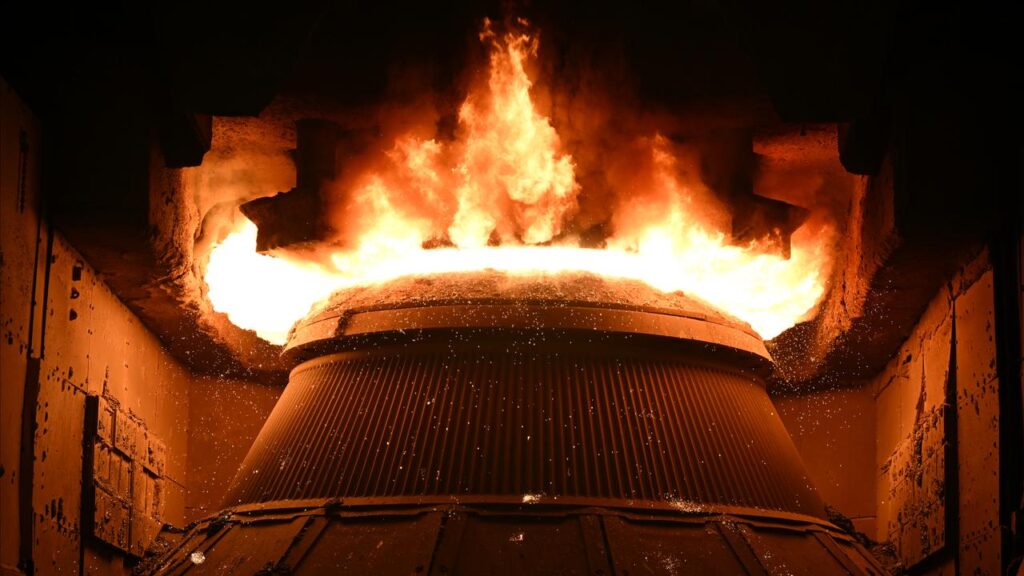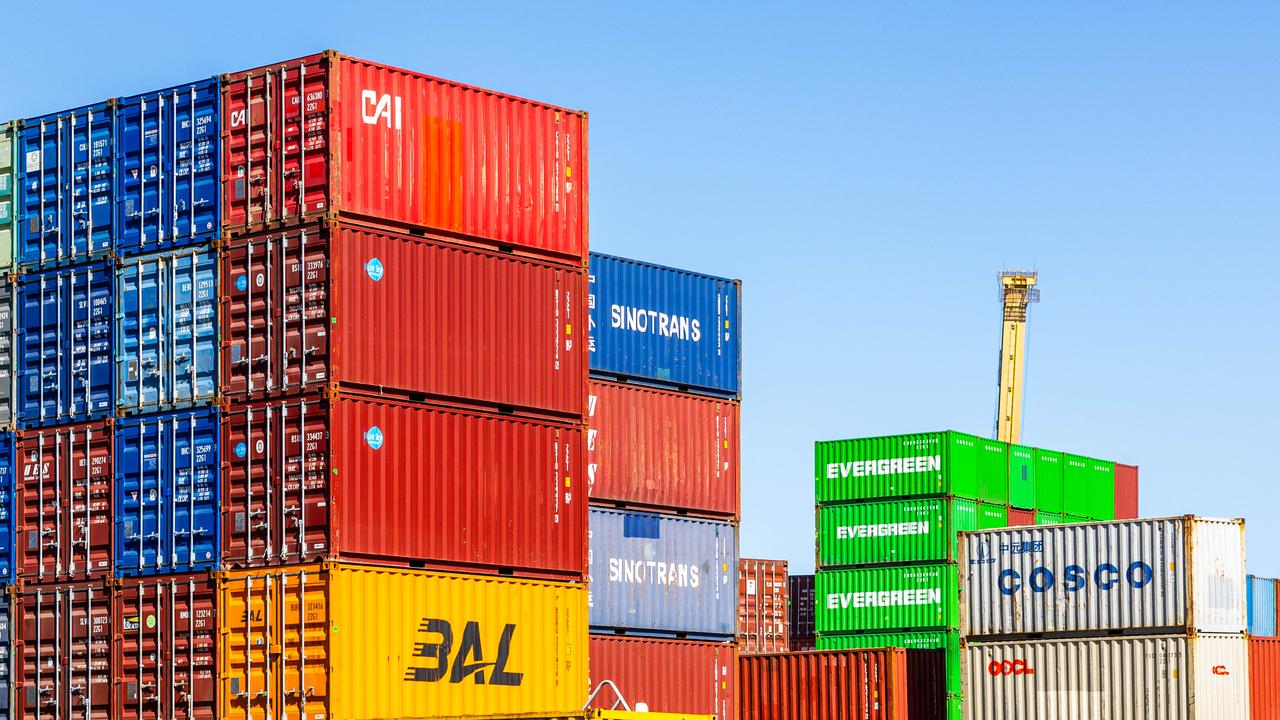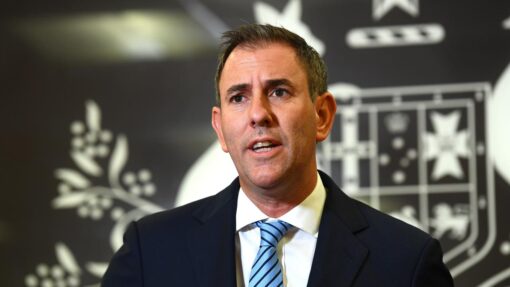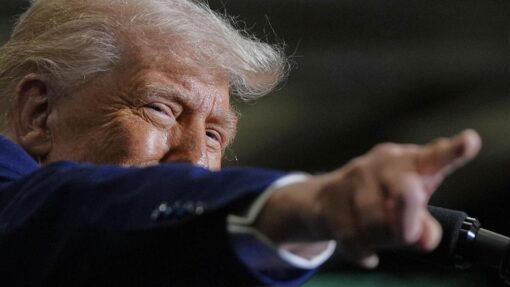Higher US tariffs on steel and aluminium kick in
Julia Payne and Jasper Ward |

The US has doubled its tariffs on steel and aluminum imports and President Donald Trump expects trading partners will make “best offers” to avoid other punishing import levies from taking effect in early July.
The tariffs took effect at 2pm AEST on Wednesday after Trump signed an executive order that lifted the tariffs on imported steel and aluminium from 25 per cent to 50 per cent.
“We started at 25 and then after studying the data more, realised that it was a big help, but more help is needed. And so that is why the 50 is starting (Wednesday),” White House economic adviser Kevin Hassett said in explaining the move at a steel industry conference in Washington.

Steel and aluminium imports from the United Kingdom are exempt and will remain subject to the existing 25 per cent tariff, the White House said.
The increase applies to all trading partners except Britain, the only country so far that has struck a preliminary trade agreement with the US during a 90-day pause on a wider array of Trump tariffs.
The rate for steel and aluminium imports from the UK – which does not rank among the top exporters of either metal to the US – will remain at 25 per cent until at least July 9.
The United States imports about a quarter of all its steel, and Census Bureau data shows the increased levies will hit the closest US trading partners – Canada and Mexico – especially hard. They rank No.1 and No.3, respectively, in steel shipment volumes to the US.

Prime Minister Mark Carney’s office said Canada was “engaged in intensive and live negotiations to have these and other tariffs removed.”
Mexico’s Economy Minister Marcelo Ebrard reiterated the tariffs were unsustainable and unfair, especially given that Mexico imports more steel from the US than it exports there.
The increase in the levies jolted the market for both metals this week, especially for aluminium, which has seen price premiums more than double this year. With little capacity to increase domestic production, US import volumes are likely to be unaffected unless the price increases undercut demand.
Wednesday is also when the White House would like trading partners to propose deals that might help them avoid Trump’s hefty “reciprocal” tariffs on imports across the board from taking effect in five weeks.
Reuters reported on Monday that Washington was asking countries to list their best proposals in a number of key areas, including tariff and quota offers for US products and plans to remedy any non-tariff barriers.
In turn, the letter promises answers “within days” with an indication of a “landing zone,” including what tariff rates countries can expect after the 90-day pause ends on July 8.
At issue for most trading partners is whether they retain the current baseline rate of 10 per cent on most exports to the US after that date, or something sharply higher in many cases.

Separately, alarm over China’s hold on the critical minerals market is growing as global automakers joined US counterparts to complain that its restrictions on exports of rare earth alloys, mixtures and magnets could cause production delays.
China’s decision in April to suspend exports of a wide range of rare earths and related magnets has upended the supply chains central to automakers, aerospace manufacturers, semiconductor companies and military contractors around the world.
Reuters
DPA


